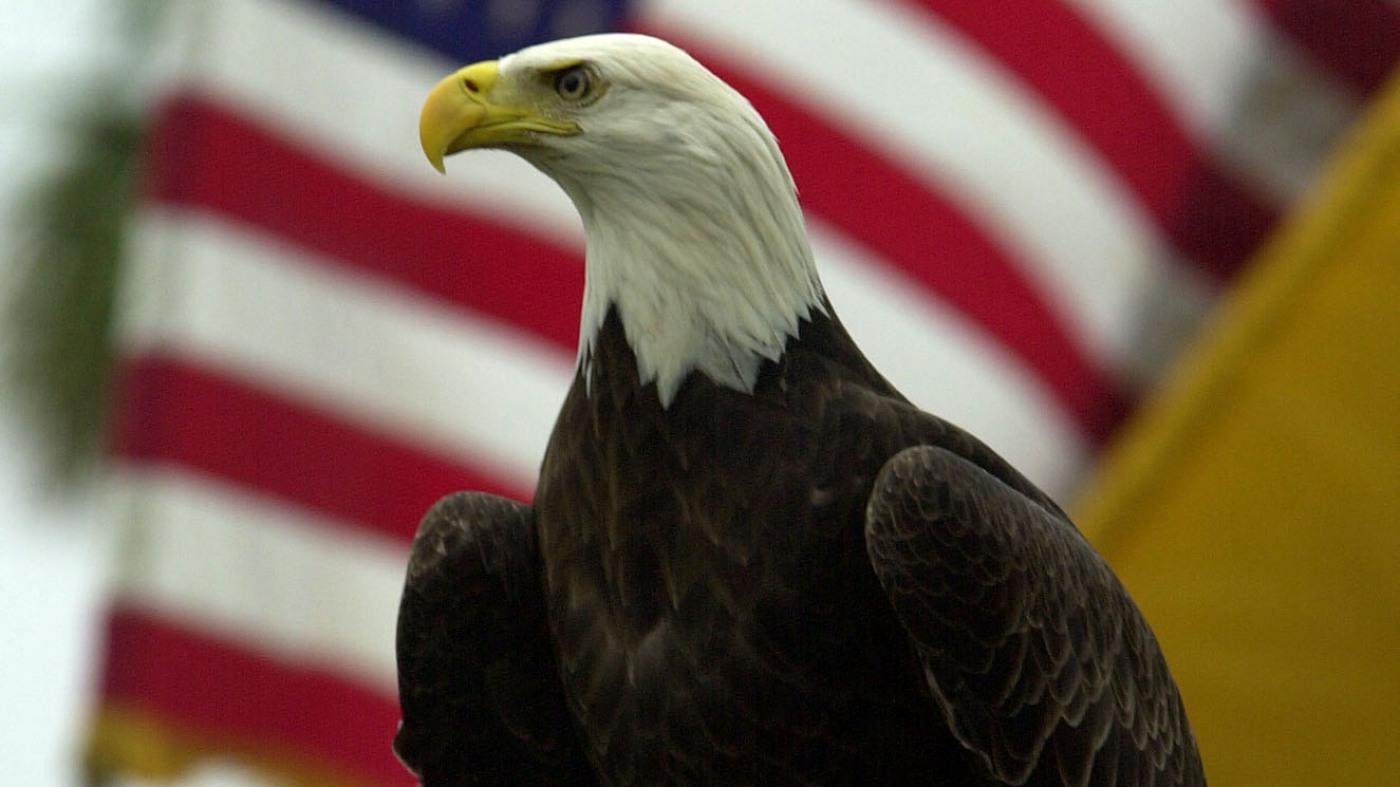A Long-Standing Symbol: The Bald Eagle’s New Official Status
For centuries, the bald eagle has been an emblem of the United States, prominently featured on currency, documents, and military insignia. However, despite its ubiquitous presence, it was not officially recognized as the national bird until now.
The House of Representatives recently passed a bill to amend the U.S. Code, formally designating the bald eagle (Haliaeetus leucocephalus) as the national bird. Previously, the Senate had approved the legislation in July with bipartisan support. President Biden’s signature is the final step needed to solidify this designation into law.
“Today, we rightfully recognize the bald eagle as our official national bird — bestowing an honor that is long overdue,” stated Rep. Brad Finstad, who introduced the House version of the bill.
Historical Ties to American Identity
The bald eagle has long been associated with strength, a symbol used since ancient Rome. Following the U.S.’ inception in 1776, several committees attempted to create an official seal. Charles Thomson, then the secretary of Congress, ultimately designed what became known as the Great Seal, featuring a bald eagle.
Initially, the seal depicted a small, white eagle. Thomson recommended replacing it with the bald eagle, acknowledging its status as a species native to North America. Congress adopted this design in 1782, further embedding the bird into American iconography.
One Man’s Mission to Officially Recognize the Bald Eagle
Preston Cook, an eagle enthusiast from Minnesota, discovered in 2010 that the bald eagle had never been legislatively designated as the national bird. His realization came while researching for a book on the species. Alarmed by this oversight, Cook contacted the late Sen. Dianne Feinstein, who confirmed his findings through further research.
Cook’s passion for the bald eagle led him to collect over 40,000 items related to the bird, now housed at the National Eagle Center in Wabasha, Minn. His efforts culminated in a campaign alongside the National Eagle Center to draft a bill, which he calls “a very simple bill,” though convincing lawmakers of its necessity proved challenging.
Symbolism of Resilience and Recovery
Bald eagles have faced significant threats over the years, including habitat loss and the impact of the pesticide DDT. By 1963, their numbers in the lower 48 states had dwindled to just 417 nesting pairs. Federal protections, including the banning of DDT in 1972, played a crucial role in their recovery.
As of 2020, the U.S. Fish and Wildlife Service estimated a population of 316,700 bald eagles in the lower 48 states, a remarkable increase from previous decades. In 2007, the bald eagle was removed from the Endangered Species list, marking a successful conservation story.
Ed Hahn, communications director at the National Eagle Center, reflects on the bird’s recovery as a testament to what can be achieved when a species is valued. “It shows what we are able and willing to do when we truly value something, when it’s important to us,” Hahn told MPR News.





